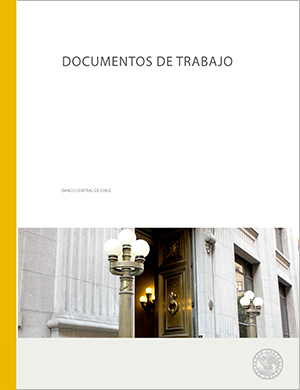Working Papers N° 214: Non-Traded Goods and Monetary Policy Trade-Offs in a Small Open Economy
Publications
Working Papers N° 214: Non-Traded Goods and Monetary Policy Trade-Offs in a Small Open Economy
Autor: Claudio Soto
Description
In this paper I develop a small open economy model that is characterized by existence of two domestic sectors. Together with a home traded goods sector we incorporate a non-traded goods sector. In both sectors prices are sticky, and each one is subject to a specific productivity shock. In this setup the flexible price allocation can not be reached by means of a single monetary policy instrument. Therefore, the central bank faces a trade-off between stabilizing inflation in the Nontraded sector and in the home goods sector. In this context, and when the share of non-traded goods is not too high, a simple Taylor rule outperforms a strict inflation-targeting regime. However, both policy rules are dominated by a rule that moves aggressively the interest rate in response to deviation in core inflation. On the other hand, if the share of non-traded goods is high then the model converges to the closed economy case, and, in absence of an exogenous cost push shock, the optimal policy is to completely stabilize consumer price inflation.
Working Papers N° 214: Non-Traded Goods and Monetary Policy Trade-Offs in a Small Open Economy
Boxes and graphics

